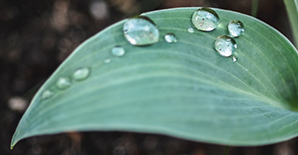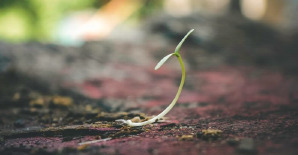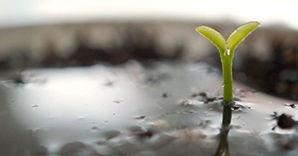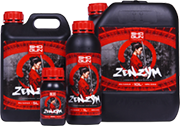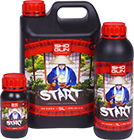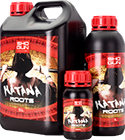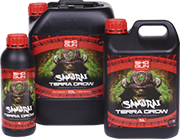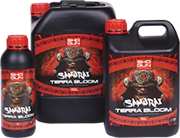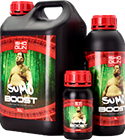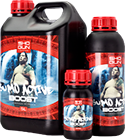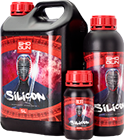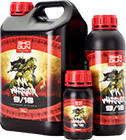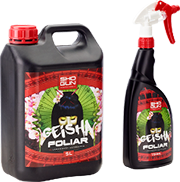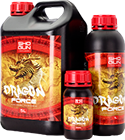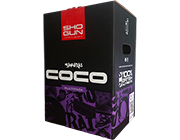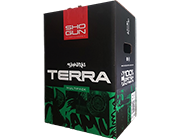What is Coco Coir? - Washing Vs Buffering
So what is coco coir? Coco Coir initially was a byproduct of industries that cultivate Coconuts. It is mainly located in tropical countries and is plant derived product that comes from the processing of coconut trees into husk.
Going from husk to coir will engage many different grading processes, like aging, washing, buffering, drying, and shaving into different sizes and forms of coir. Coir products are varied and wide, so the type of product really governs the grading process.
The first thing you need to know is the structure of coconut coir. The coir husk is between the outer shell and flesh of the coconut, it had limited use in the world, being used to make ropes and clothes, but after the 1980’s was morphed into a gardening media replacing peat moss because of its ability to grow roots deep and wide and has become a giant in the hydroponic industry.
What is cation exchange capacity?
Coconut coir in general is negatively charged, and thus attracts positively charged ions (AKA cations) such as calcium, magnesium and iron. The number of theses positivity charged ions the media can hold is known as the Cation Exchange Capacity (CEC). Essentially, the higher the CEC the more salt is held by the media. This in turn can cause problems with toxicity of your plants.
“CEC is a measure of negatively charged sites on the surface, which help in holding positively charged ions and nutrients such as sodium (Na), potassium (K), calcium (Ca), magnesium (Mg)” (Liang et al., 2006).
Because coconuts are grown mostly on the coast, they are naturally saturated with sodium chloride, therefore making it high in sodium, another cation!. They also have a high amount of the cation potassium and therefore low amount of iron, magnesium and calcium. This can therefore be problematic to plant grown directly in untreated coir fibre.
The average CEC of coco coir is between 40-100meq/100g which is generally saturated with sodium and potassium, while locking out calcium, magnesium and iron. These 5 cations are the most important cations when buffering Coco.
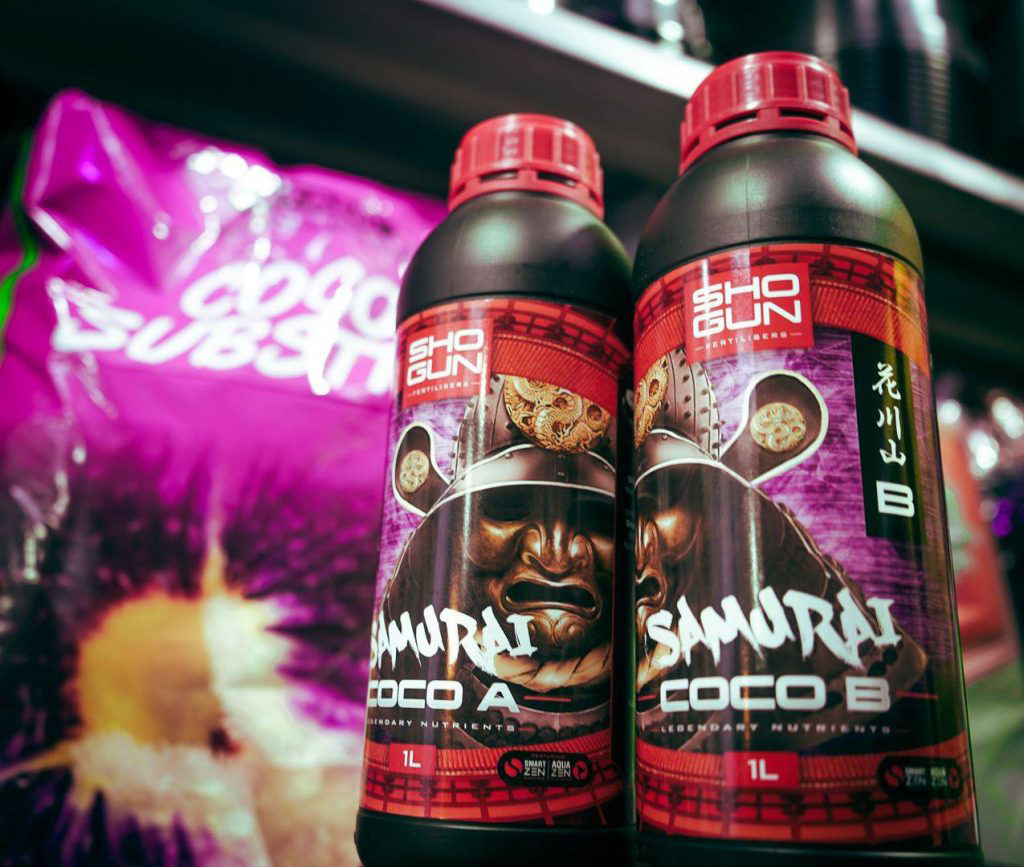
Washing and buffering coco coir
There is a considerable difference between buffering media compared to washing it. Washing coco coir simply removes water soluble components like sodium which has built up over time. Buffering on the other hand reverses the bonds that were made between the media and the salts, releasing the potassium and the sodium. While it is important to do both, for serious growers it is good practice to buffer coco coir in an active system as it prevents buildup of salts ultimately giving them more control on the inputs to the media. Most coir available from grow shops have been pre-buffered with calcium nitrate, help give you the best started to your plants.
Washing is also pertinent to achieving the best results because of the additional salt content that raises the electrical conductivity of the media. Washing gets rid of water-soluble elements, which in this case is the sodium and the potassium (the reason EC is high). Due to the strength of some of the bonds made between the ions and the media, washing can’t eliminate all of the salt in the coir, but buffering can.
To buffer coco coir, you must expose it to higher concentrations of a solution that you want in the media like calcium nitrate and magnesium nitrate. Unfortunately, all nutrient salts have slightly differing degree of attraction (affinity), which is based on the charge they hold, this must be taken into account. The calcium and magnesium have a double positive charge so are preferred when it comes to CEC, as a result there will be an exchange of unwanted salts (potassium and sodium) for wanted salts (calcium and magnesium).
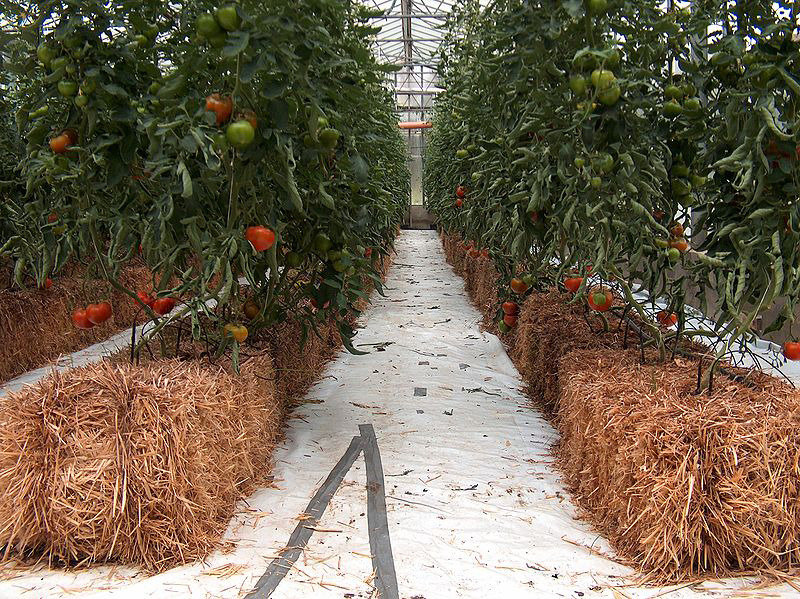
When you buffer coco coir with calcium and magnesium until saturation it ensures that when you add a base nutrient like SHOGUN Samurai Coco all the nutrients are deposited for the plant to use and not for the media to hold on to.
An unbuffered coco coir will cause nutrient lock out of calcium and magnesium because the coco substrates have a stronger attraction to these 2 salts compared to potassium and sodium. As a result, sodium and potassium will be displaced into the solution and uptaken into the roots.
Calcium is crucial for a plant’s growth and is involved in almost every aspect of a plant’s development. Your plant will show Calcium deficiencies in a few different ways if you pay close attention. New leaves may appear crinkled and distorted while they might also show dead spots where the leaves will turn brown and die-off. Older leaves will show rust spots where disease can take hold.
Most Coco Coir on the market these days is washed but it may not be nutrient buffered so please make sure you know exactly what your buying. If you know it has not been buffered you can use SHOGUN CalMag to reverse all the bonds made to sodium and potassium.
